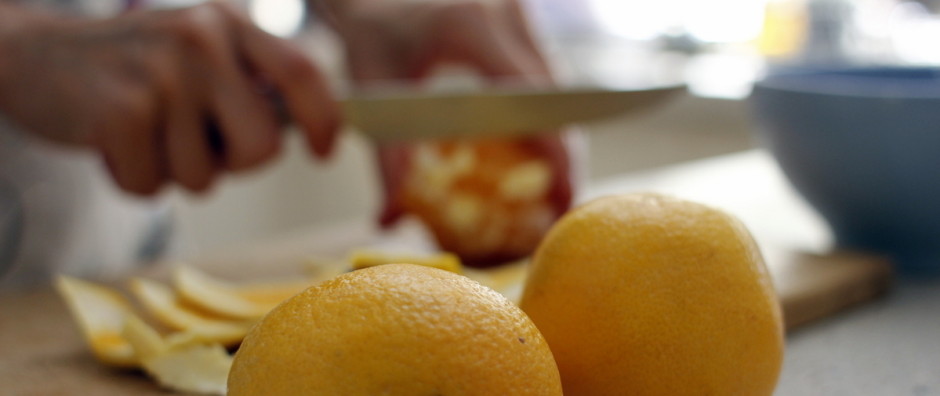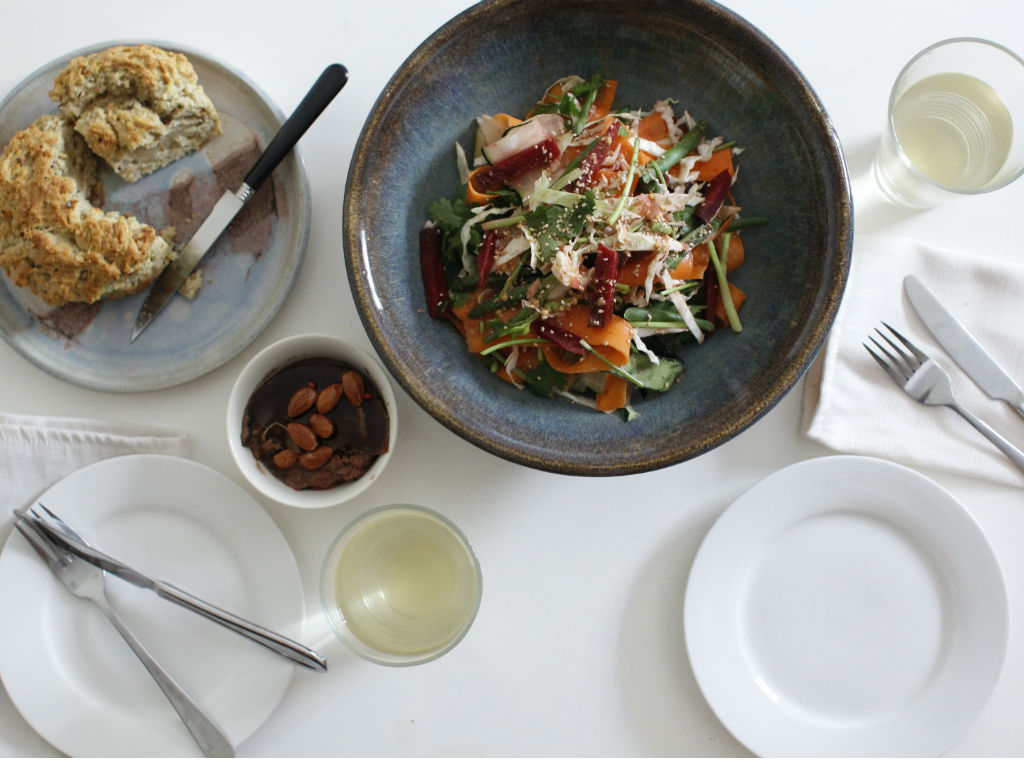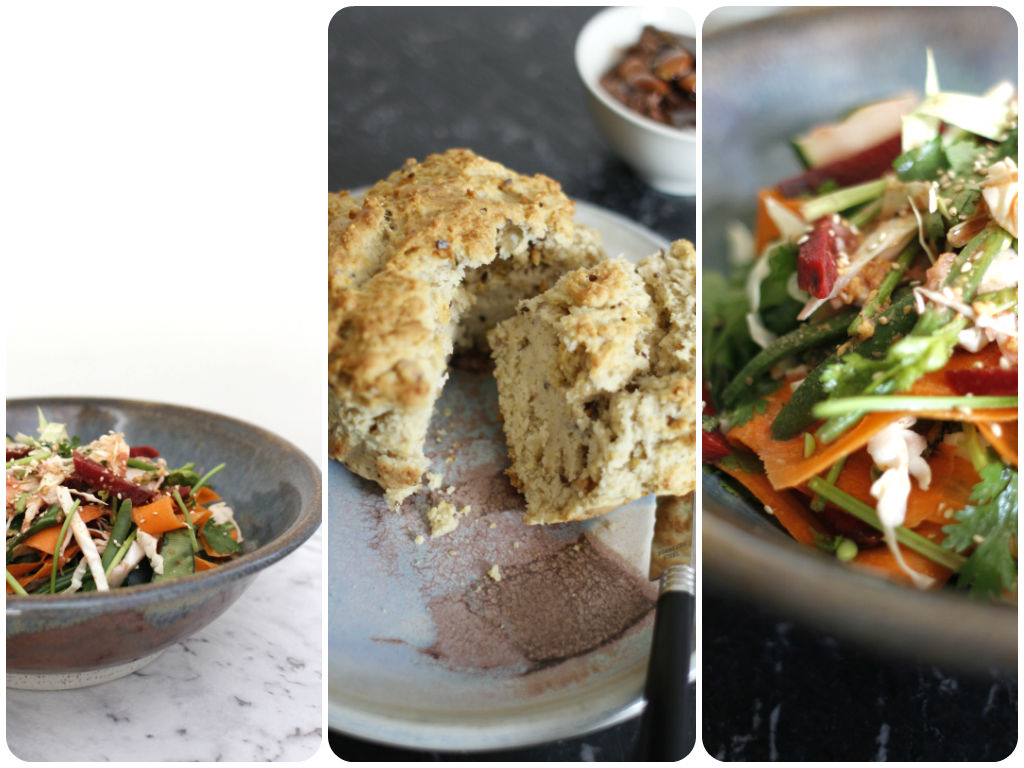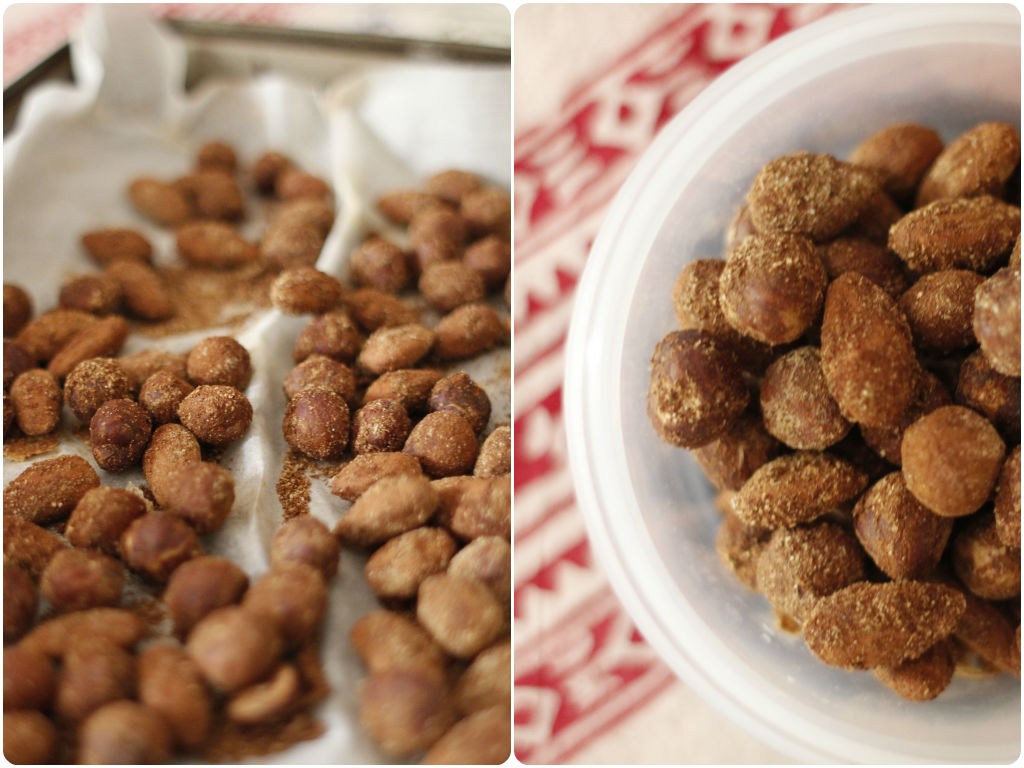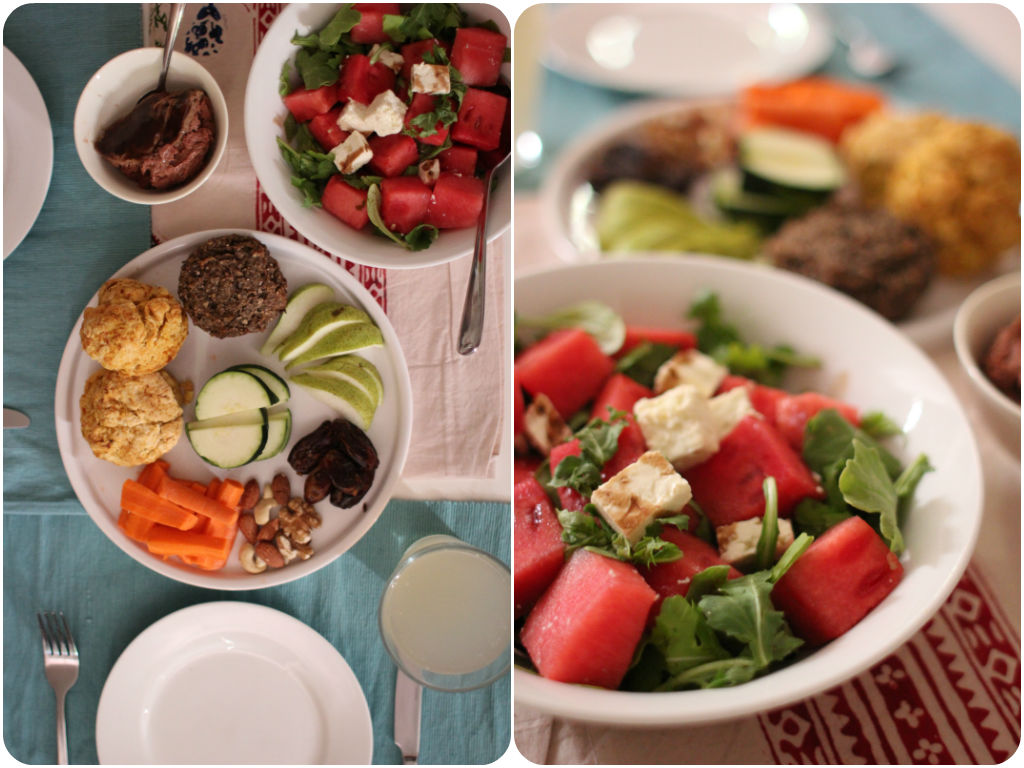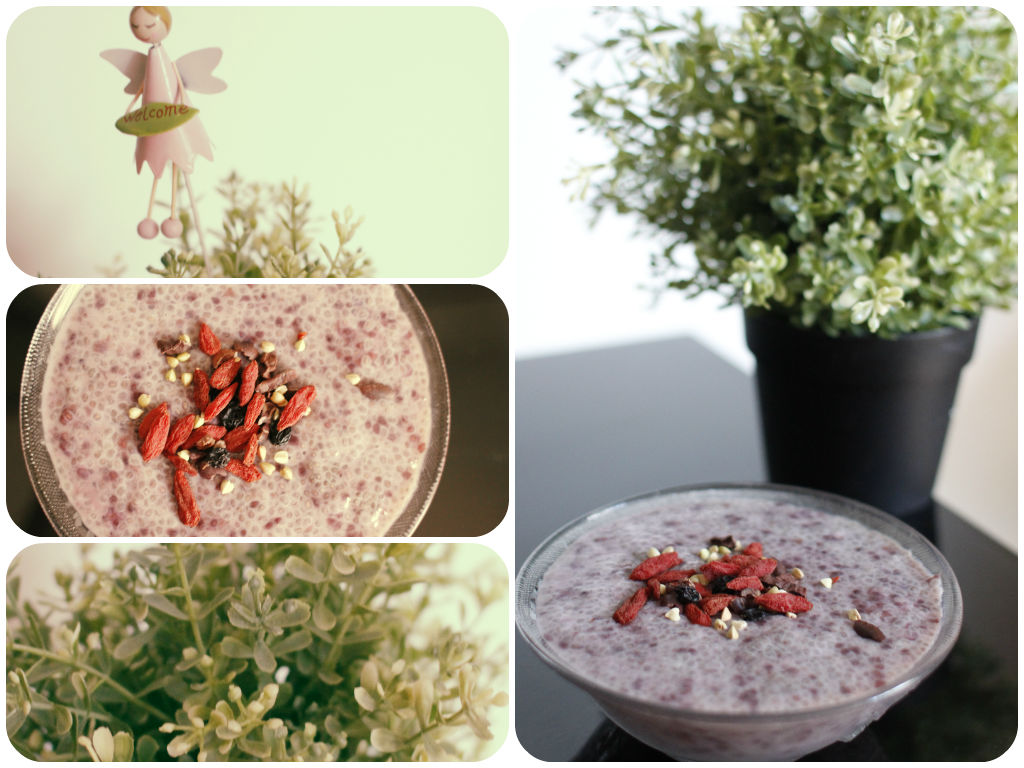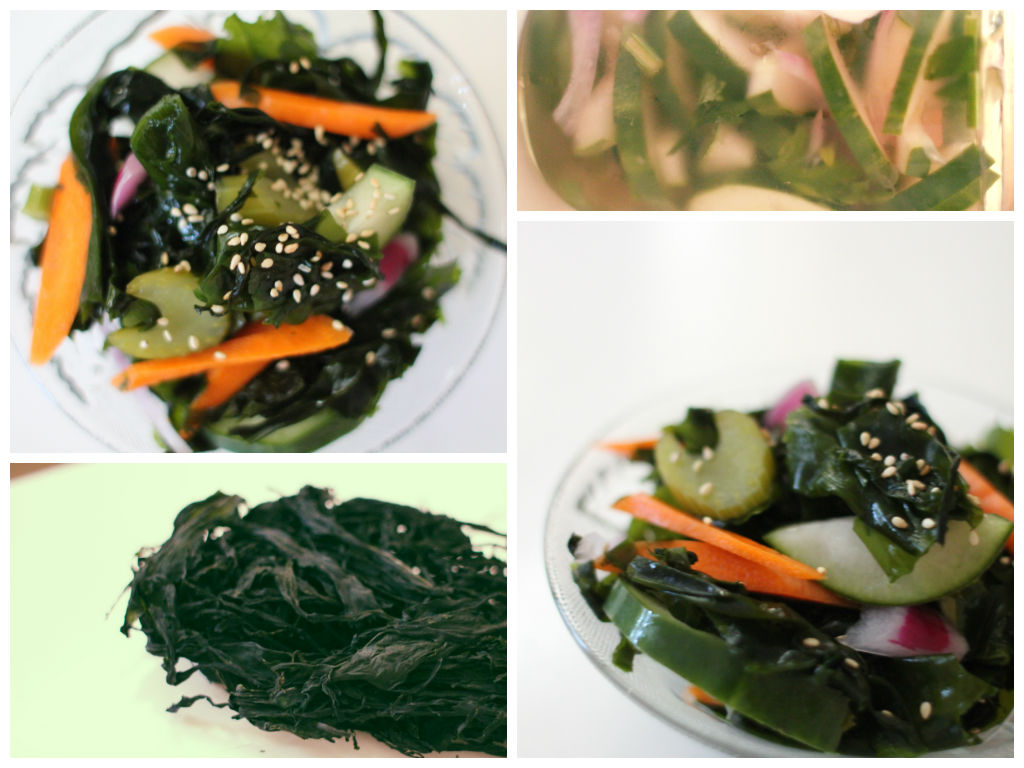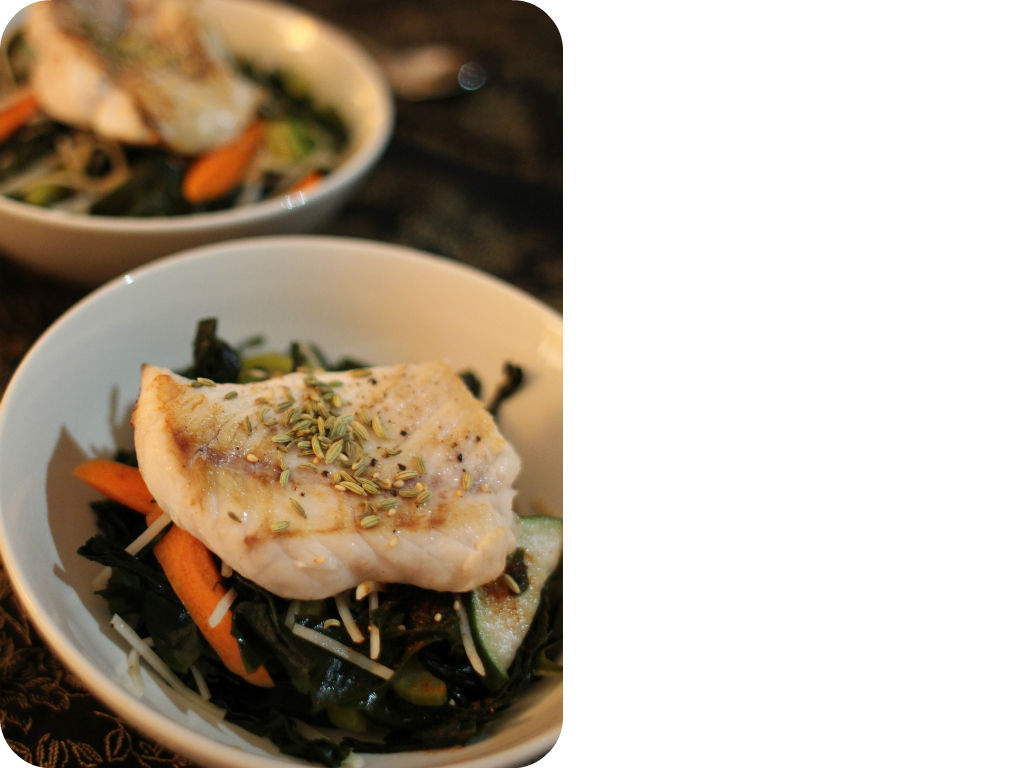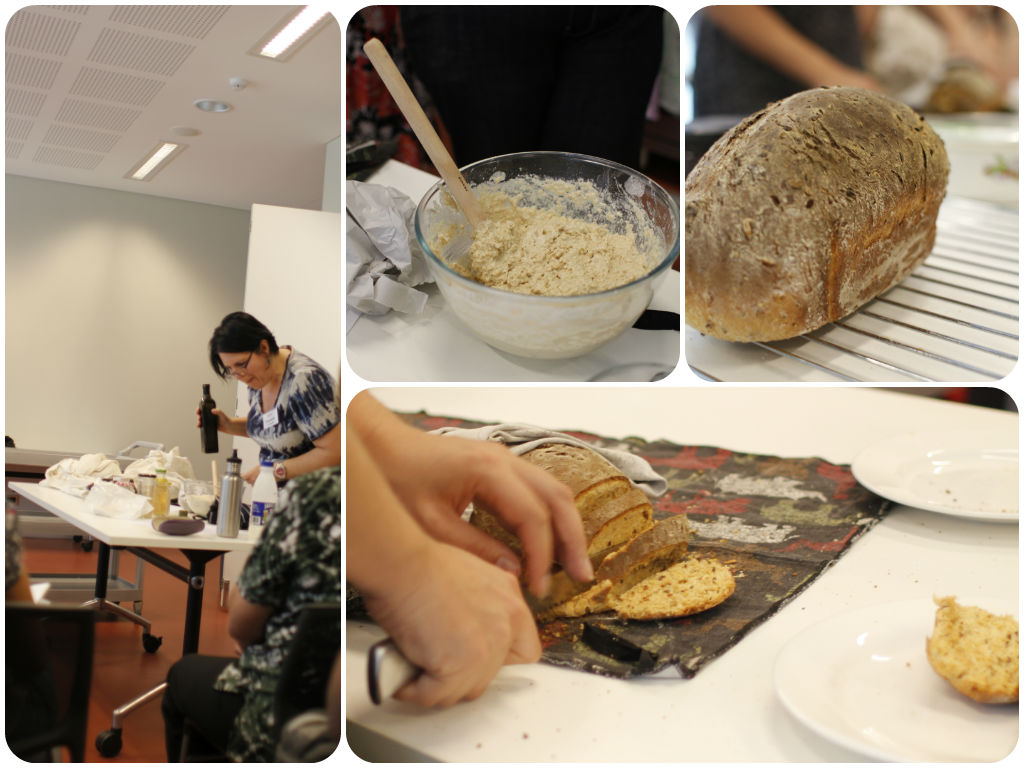 Daniel and I went to “Less is More” festival in Peppermint Grove yesterday to attend a bread-making class. I was pretty excited about that because I make my own bread at home, but never really learned how to do properly. The lady explained about types of yeast, other ingredients for bread-making, history of the bread, how to make a loaf of bread using a bread maker and a recipe for Irish soda bread. Surprisingly class was so full although it was early Saturday morning. Beautiful smell of the bread from the oven made us so hungry. We went down to Kakulas Sister’s in Fremantle after the class to get some flour, beans, nuts and grains since I was running low on those in my pantry. I love that little place, full of exotic stuff that you cannot find at the supermarkets. I had to try out the printed recipe I got from her. So here it is. Irish soda bread!
Daniel and I went to “Less is More” festival in Peppermint Grove yesterday to attend a bread-making class. I was pretty excited about that because I make my own bread at home, but never really learned how to do properly. The lady explained about types of yeast, other ingredients for bread-making, history of the bread, how to make a loaf of bread using a bread maker and a recipe for Irish soda bread. Surprisingly class was so full although it was early Saturday morning. Beautiful smell of the bread from the oven made us so hungry. We went down to Kakulas Sister’s in Fremantle after the class to get some flour, beans, nuts and grains since I was running low on those in my pantry. I love that little place, full of exotic stuff that you cannot find at the supermarkets. I had to try out the printed recipe I got from her. So here it is. Irish soda bread!
100g country grain flour
100g plain flour
1 teaspoon of salt
1 teaspoon of brown sugar
1 teaspoon of white wine vinegar
1 teaspoon of baking soda
half cup of milk
half cup of olive oil
Mix all dry ingredients in a mixing bowl. Stir well making sure there is no lumps. Then add wet ingredients into the bowl. Baking soda and vinegar will do their thing and bubbles will appear. Then pour the mixture into a baking tin and put it in the preheated oven (200) for 20-30 minutes until all cooked through.
1 carrot
1/2 zucchini
1 cup of green beans
1 cup of shredded green cabbage
1/2 beetroot
a bunch of coriander
a teaspoon of sesame seeds
For dressing
a teaspoon of Dijon mustard
a teaspoon of tahini paste
a teaspoon of apple cider vinegar
a teaspoon of maple syrup
a teaspoon of basil oil
salt and pepper to taste
Wash all veggies and cut into strips. I used a peeler for a carrot and zucchini. For the dressing, mix tahini, mustard, apple cider vinegar, maple syrup, basil oil, salt and pepper. Combine with the salads just before serve.
